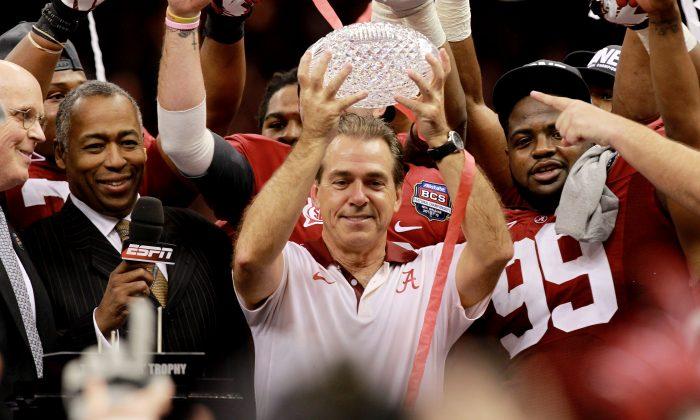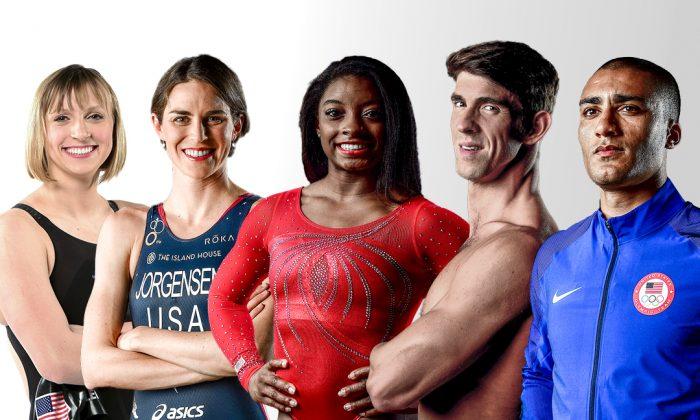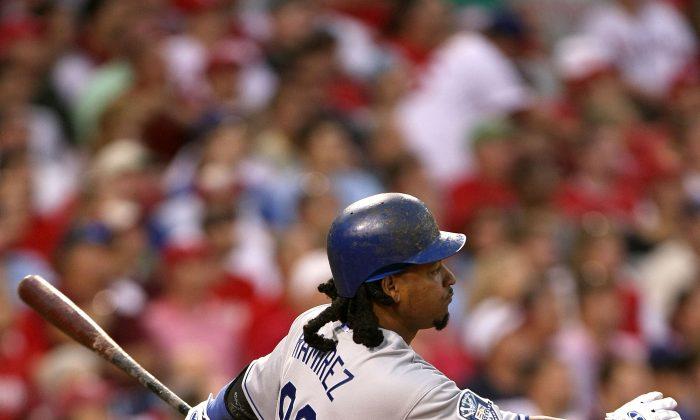Much is made of baseball’s July 31 trade deadline. Stars like David Price, Johnny Cueto, Yoenis Céspedes, Ben Zobrist, Carlos Gómez, and Cole Hamels were dealt away before what is commonly known as the trading deadline.
However, that deadline is really the non-waiver deadline. Teams can still make deals in August, but the player or players must pass through waivers in order to be traded anywhere.
To note, in order for players to be eligible for the postseason, they have to be on the team’s roster as of August 31, so big September trades aren’t very common.
What are waivers? There are two types of waivers: revocable and non-revocable.
When a team places a player on revocable waivers—which last 47 hours—any other team can “claim” him. If a team puts in a claim on a player, that player’s current team can either trade him to the claiming team (they have 48.5 hours to do so), allow the claiming team to take the player (and the remainder of his contract), or revoke the claim request to cancel the waivers.
Any player with 10-5 rights—ten years in the league and the last five with the same team—can revoke a trade, and also revoke switching teams via waivers.
If more than one team claims a player, priority goes to the team in the same league, starting with the one with the worst record before moving to ones with better records. Then, priority goes to the other league, also starting with the team with the worst record. Only that one team with priority can make a trade for the player.
Teams can only revoke waivers on a player once in the month of August, so if they put a player on waivers again in August, the waivers are non-revocable.
The practice of putting players on waivers is very common at this time of year. There are plenty of bad salaries to dump, and some teams use the practice simply to judge trade interest.
There was once a practice of teams claiming players with no intent to trade for them—simply to keep them from going to a rival team. However, it’s a risky business. If that player has an undesirable contract, the team may very well just dump him on whatever team claims him, regardless of what their intent was. This is how the Yankees acquired Jose Canseco from Tampa Bay back in 2000, according to ESPN analyst Jayson Stark.
Six years ago, the Blue Jays essentially gave away Alex Ríos to the White Sox, who had put in a claim on the struggling, high-priced former All-Star.
Back in 2012, the Red Sox dumped a ton of high-priced players on the Dodgers in what was essentially a reset trade for the struggling team. Adrian Gonzalez, Josh Beckett, and Carl Crawford went to LA, while the Red Sox carved out enough salary to field a World Series winner the following season. Plenty can happen in August.





